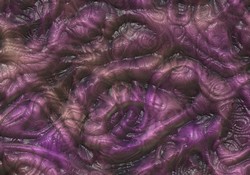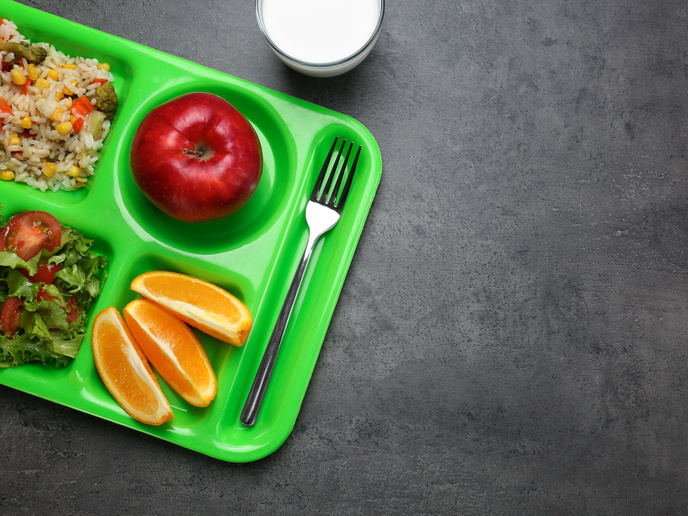Engineering functional bio-artificial tissue
Developing bio-functional tissues mimicking our skin requires a vascular supply for successful nutrition and oxygen supply to cells. The EU-backed ARTIVASC 3D(opens in new window) (Artificial vascularized scaffolds for 3D-tissue-regeneration) project have produced fully vascularised bio-artificial tissue containing fat, dermal and epidermal layers. Researchers employed state-of-the-art engineering techniques such as micro-scale printing, nano-scale multiphoton polymerisation and electro-spinning for building scaffolds and blood vessels. Along with studies on biochemical surface modification and complex cell culture, this enables the development of suitable prototypes with automated and standardised manufacturing technology. In the initial part of the project, a vascular scaffold specification sheet was set up and defined in terms of material, bioreactor and scaffold assembly. After testing over 40 formulations, materials were shortlisted based on biocompatibility, elasticity and viscosity. Scientists successfully completed cytocompatibility tests for 18 different materials with at least one material from each group passing the cytotoxicity tests. Project members developed a diffusion test bench to model and optimise hydrogel scaffolds. Computational fluid dynamics simulation and automated computer animated design were carried out to create and optimise the artificial 3D vascular system. In parallel, project partners developed a 'reverse electro-spinning' technique to produce a thicker mesh in shorter time periods. Combinations of hydrogel and electro-spun materials showed good adhesion and handling on testing. Experiments in the mouse models revealed that vascular cells and fat cells can be incorporated into the artificial scaffold. Pre-adipocyte 3D cell spheroids were successfully generated as well as methods for biofunctionalisation. Partners demonstrated that this artificial three-layer tissue model displayed characteristics that resembled natural tissue. In the final project experiments, the branched vascular structures were successfully included into fat tissue with surrounding cells surviving for several days. The achievements of this project bring bioengineering closer to the creation of vascularised and functionalised artificial scaffolds mimicking natural skin. This has important implications for the biomedical and pharmaceutical sectors and is in line with EU directives to reduce or replace animal testing with alternative methods.







